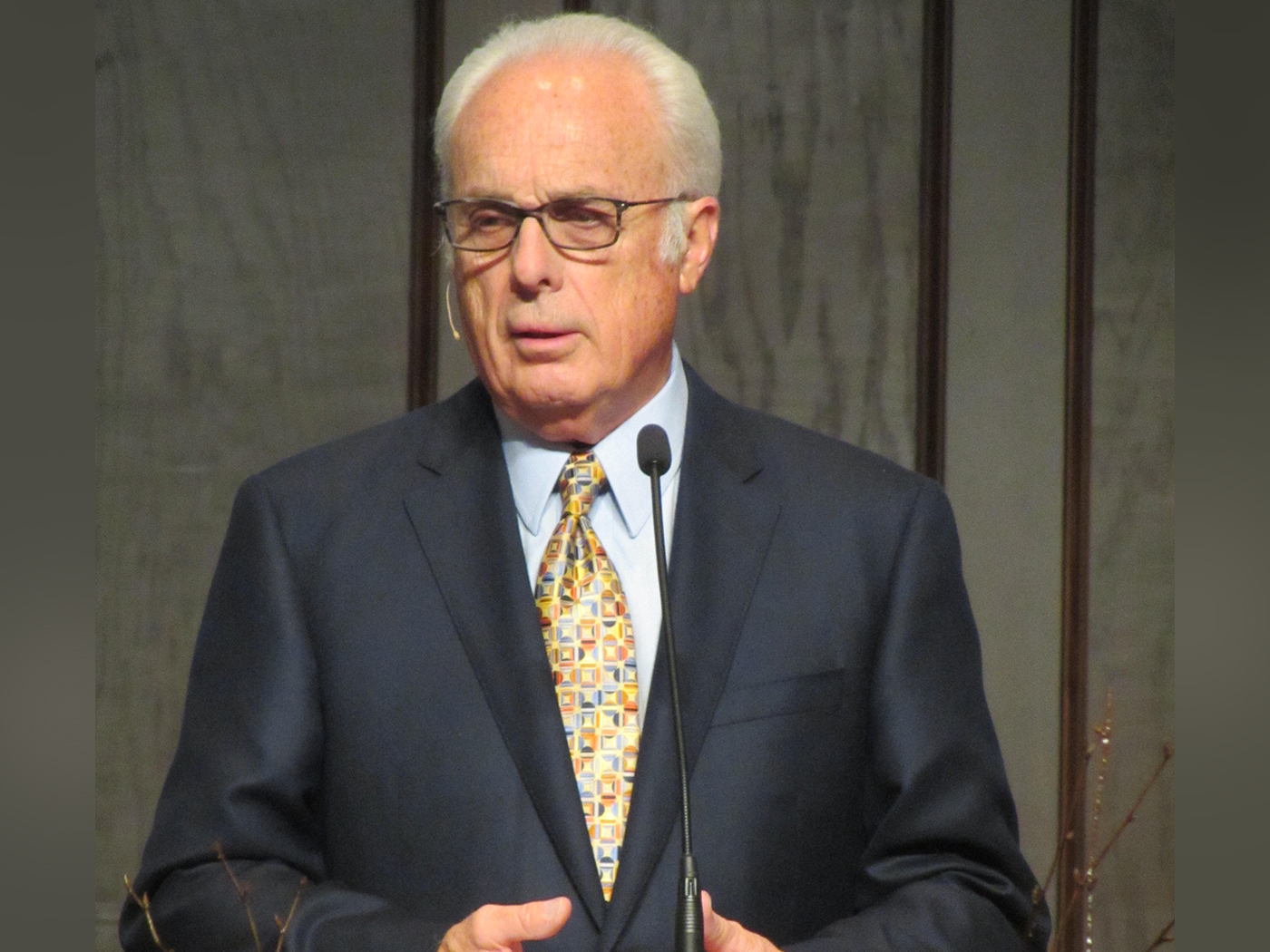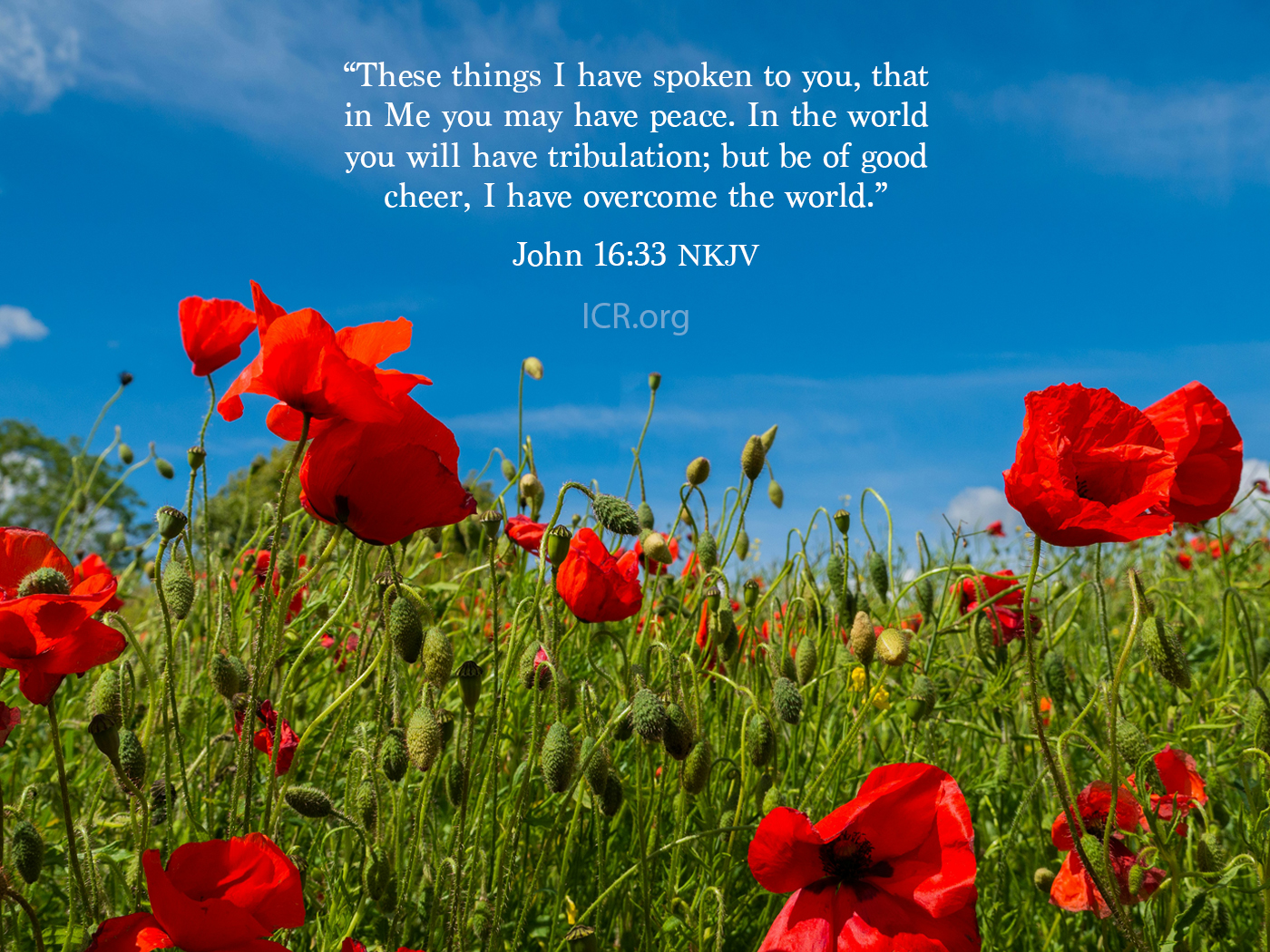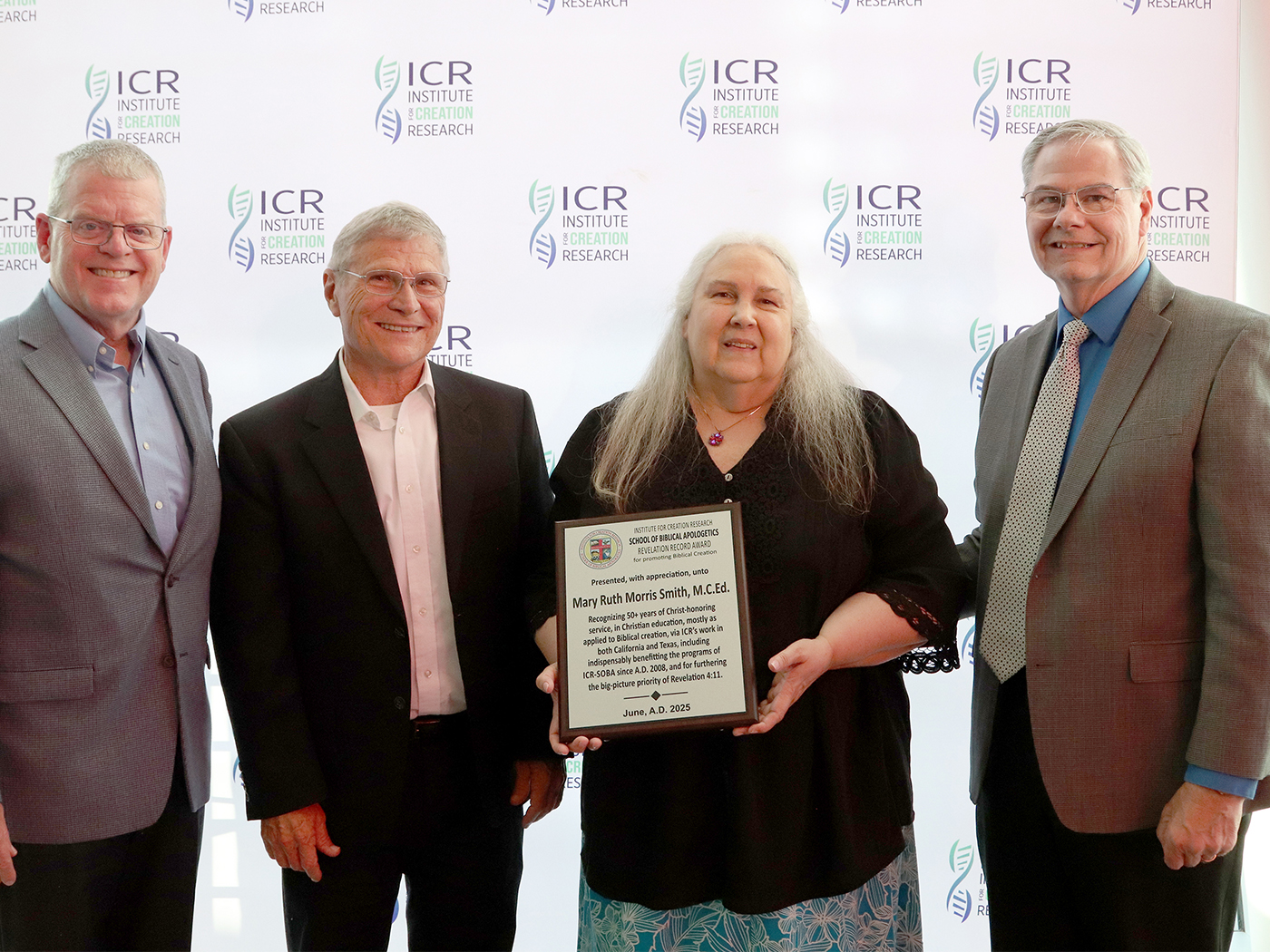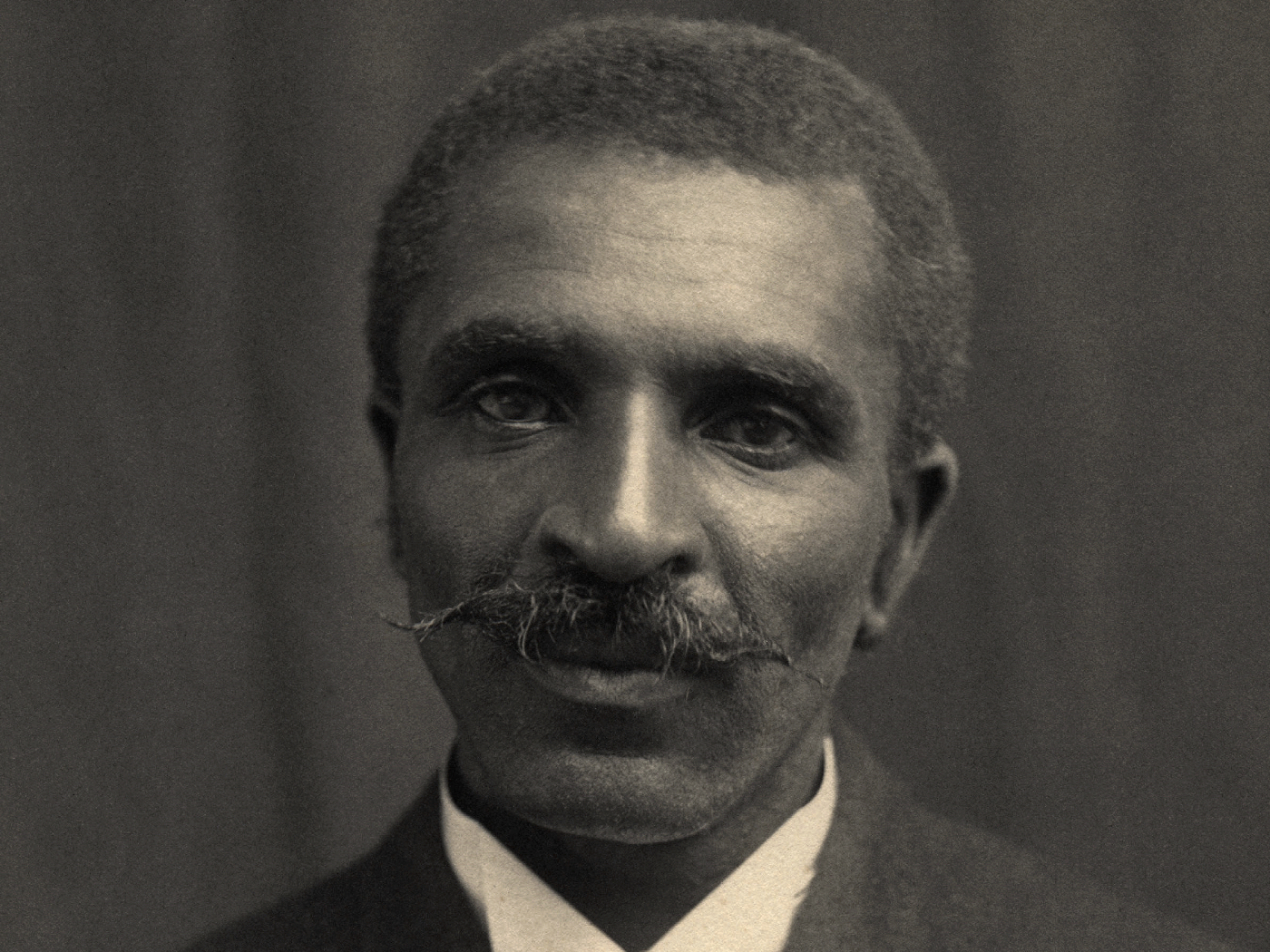“And it was at Jerusalem the feast of the dedication, and it was winter. And Jesus walked in the temple in Solomon’s porch” (John 10:22,23).
This is the only reference in the Bible to this particular festival, but the Greek word used for it is a translation of the Hebrew chanukkah. The Jews even today call it the Hanukkah holiday. It was established as such about 165 B.C. when the Maccabeans defeated the Syrian army under Antiochus Epiphanes, who had invaded their land and desecrated the temple at Jerusalem, sacrificing a pig on its altar.
The altar was then purified and rededicated to the Lord; ever since, the Feast of Dedication, or Hanukkah, has been observed by God-fearing Jews in commemoration thereof. The Lord Jesus, in effect, indicated His own approval by walking in the temple on that day.
The Hanukkah Festival is also called “the Feast of Lights,” at least since about the time of Christ, as the Jewish historian Josephus so indicated. The lights spoke of the rejoicing of the people at the re-entrance of God’s light into His darkened temple. It is observed in the winter-time, on the 25th day of the Jewish month Kislev, roughly corresponding to our December.
In the fullness of time, God sent His true temple and His true light into the world, for “God was in Christ” (II Corinthians 5:19), just as He had dwelt in His temple, and He was “the true Light, which lighteth every man that cometh into the world” (John 1:9). When Jesus “walked in the temple” on that winter’s day long ago, He foreshadowed the coming New Jerusalem when “the Lord God Almighty and the Lamb are the temple of it. And . . . the glory of God did lighten it, and the Lamb is the light thereof” (Revelation 21:22, 23). HMM














